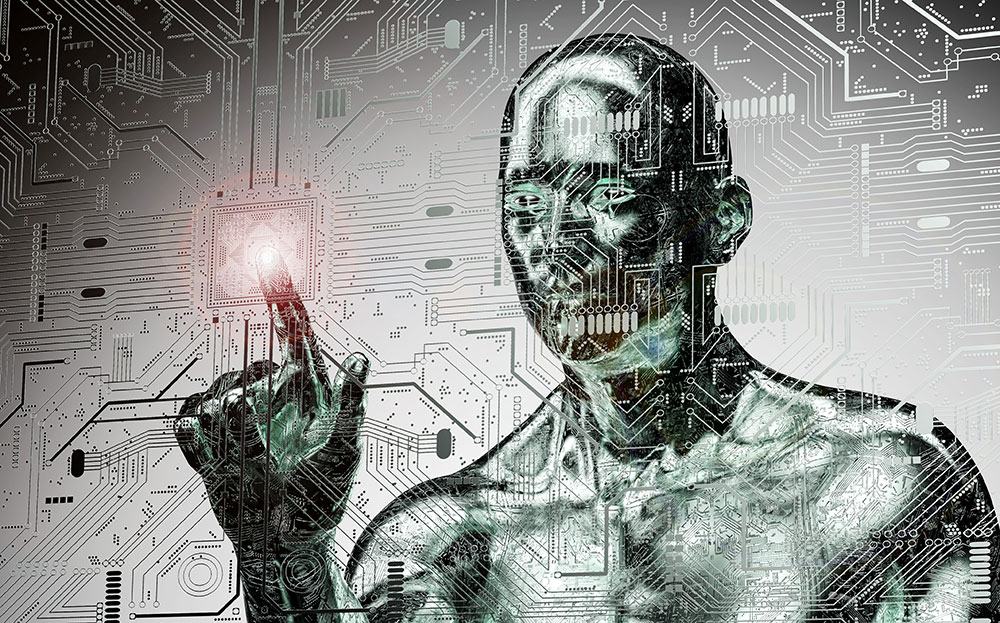Data is the most important force in society today and the flood of data generated by intelligent, connected machines is the lifeblood for the future of technology innovation. This force inspires us to imagine and deliver data-rich innovations based on artificial intelligence (AI).
At Intel, we not only see the future, we’re building it. From large complex applications in the cloud to small low-power mobile devices at the edge, Intel significantly advances AI-based applications through the real-time analysis, collection and delivery of data. No longer is it enough to capture and transfer data; we must turn it into actionable insights to wring the full value out of it. That requires end-to-end computing solutions from the cloud to the edge.
Bringing artificial intelligence to the edge opens exciting new innovations across our lives, from personal safety and transportation to sports and entertainment. Critical to these innovations is the real-time understanding of the world around us. We see this with security cameras, drones and cell phones, and it will offer the foundation for autonomous driving’s future. These devices collect visual data – images and video – and analyse it for fast insights.
At the Web Summit technology conference in Lisbon, Portugal, I demonstrated several data-fuelled, leading-edge innovations from Intel that leverage data and AI with the potential to change the world in amazing new ways.
A lifesaving example of the power of AI in edge devices is demonstrated using a UAV (unmanned aerial vehicle) and the Intel® Movidius™ Neural Compute Stick. The Little Ripper Lifesaver* UAV is currently using cloud-based AI to monitor the Australian coastline. An Intel proof-of-concept using Intel Movidius technology shows that AI processing could be done directly on the device, allowing for more immediate danger detection and response time.
In the world of transportation, data and AI are the future of driving. Intel and Mobileye are building an independent fleet to enhance our ability to rapidly deliver solutions to customers. We have now displayed one of our data collection vehicles that will transition into Intel’s Level Four autonomous driving fleet. Visual data collection is critical to the autonomous driving process as images and videos build detailed maps to help ensure accuracy of edge devices. The data and understanding derived from our test fleet will allow us to put safer vehicles on the road.
In the media world, Intel transforms how we watch and consume content, and how we deliver new levels of viewer engagement. Take sports, for example. Our technology creates cutting-edge entertainment by capturing every play from every angle. This data gives viewers access to a truly immersive experience. With Intel True VR camera pods, we can dive into the middle of the action. When adding AI to the experience, we will be able to watch multiple games and receive notifications when something key is about to happen so we don’t miss the action.
Advancing the immersive sports experience, Intel announced a partnership with Turner Sports to deliver live National Basketball Association content for marquee matchups beginning with NBA All-Star 2018 in Los Angeles. Using Intel True VR technology, viewers of the NBA on TNT can be transported courtside from wherever they are to view the game live.
And, finally, there is no better proof that artificial intelligence can make the world a better place than through an application that speeds the location of missing children. Developed by Thorn, ChildFinder uses AI to locate and identify the faces of missing children from among a sea of faces – helping searchers find them faster than ever before. The AI system is trained to recognise when a pair of images represents the same child, regardless of the child’s age at the time each photo was taken. It even allows for differences in clothing, hair style, makeup and background when matching images. With the help of AI, a team can quickly scan thousands of images and identify the most likely matches, turning an almost impossible task into a much simpler one.
It is clear: The power of data and AI will change our lives – from small low-power mobile devices at the edge enabling autonomous driving, to large complex applications enabling immersive video.
At Intel, we are inspired by the power of data and AI, and we will continue to push the boundaries of what’s possible to bring these new ideas to life.



